The rapid expansion of Chinese e-commerce giants into South Korea's fresh food market is reshaping the country's retail landscape, forcing local players to adapt what industry insiders now call "Chinese standards" of online grocery shopping. This quiet revolution in Korea's $20 billion fresh food e-commerce sector demonstrates how China's digital commerce innovations are becoming global benchmarks.
Korean housewives like Park Ji-young never imagined she'd be buying Chinese-grown cherries through a Chinese app, but this has become her new normal. "The prices are 30% cheaper than local supermarkets, and they arrive at my door within 48 hours," says the 42-year-old Seoul resident while scrolling through Pinduoduo's Korean interface. Her shopping cart contains Chilean grapes, Australian beef, and Korean-grown vegetables - all sourced through Chinese platforms' global supply chains.
This phenomenon represents more than just cross-border shopping. Chinese platforms including Alibaba's Lazada, Pinduoduo, and JD.com have made significant inroads into Korea's fresh food e-commerce, which grew 35% year-on-year in 2023. Their secret weapon? A perfected model combining live-stream commerce, community group buying, and ultra-fast cold chain logistics developed in China's cutthroat market.
The "Chinese standard" now emerging in Korea encompasses several innovations: 12-hour flash sales with limited-time discounts, AI-powered personalized recommendations, next-morning delivery for orders placed before midnight, and a farm-to-table supply chain that undercuts traditional distribution channels by 20-40%. Perhaps most disruptive is the live commerce element - Korean consumers can now watch real-time videos of fishermen catching their dinner or farmers harvesting vegetables.
Korean retailers initially dismissed these tactics as gimmicks unsuitable for their market. But after losing nearly 15% market share in metro areas, major players like Lotte Mart, Shinsegae, and Market Kurly have launched urgent initiatives to adopt Chinese methods. Lotte now operates "Lotte Live" shopping channels, while Market Kurly has slashed delivery times to match Chinese competitors' 12-hour promises.
"We're not just importing Chinese products - we're importing China's entire e-commerce ecosystem," admits Kim Young-jin, a director at Korea's Retail Industry Association. This adoption goes beyond surface-level features. Korean platforms have licensed Chinese AI recommendation algorithms, implemented similar warehouse robotics systems, and even studied Chinese social commerce models to boost engagement.
The supply chain transformation proves most profound. Chinese platforms established direct contracts with Korean farmers and global producers, bypassing traditional wholesale markets. When Pinduoduo began purchasing directly from Jeju Island tangerine growers at 15% above market price (while still undercutting retail), it forced local chains to overhaul their procurement. Now over 200 Korean farms ship exclusively through Chinese platforms.
This disruption creates strange bedfellows. Korean conglomerates now partner with former rivals - Shinsegae recently formed a joint venture with Alibaba to co-develop cold chain technology. Meanwhile, Chinese platforms localize aggressively, hiring Korean celebrities for live streams and adapting interfaces to Korean shopping preferences like detailed origin information and eco-packaging.
Consumer response has been overwhelmingly positive, especially among younger demographics. "I used to visit traditional markets with my grandmother, but now we both order through apps," says university student Lee Min-ho. Data shows 68% of Korean fresh food e-commerce users under 35 regularly use Chinese platforms, attracted by lower prices and gamified shopping features like group discounts.
However, the transition hasn't been seamless. Some elderly consumers struggle with the tech-heavy approach, and there have been complaints about packaging waste from expedited deliveries. Korean regulators have increased scrutiny over food safety certifications for imported goods sold through these platforms. Perhaps most significantly, traditional market vendors have staged protests against what they call "unfair digital competition."
In response, Chinese platforms have launched initiatives to onboard traditional vendors - over 5,000 Korean market stalls now sell through Pinduoduo and Lazada. They've also invested heavily in Korean-language customer service and local fulfillment centers, creating 3,000+ jobs. "This isn't colonization, it's upgrading," argues Alibaba Korea's CEO Wang Wei. "We're helping Korean retailers globalize their amazing products too."
Indeed, the flow isn't one-way. Korean premium goods like hanwoo beef and fermented foods now reach Chinese consumers through these platforms' reverse channels. Some analysts believe Korea could become a testing ground for Chinese innovations before global rollout. JD.com recently debuted its autonomous delivery vehicles in Seoul before introducing them to Southeast Asia.
As the lines blur between "Chinese" and "Korean" e-commerce models, both sides appear to benefit. Korean consumers enjoy greater choice and lower prices, while local retailers modernize operations. Chinese platforms gain valuable international experience and data. The real winners may be Korean farmers and food producers accessing China's massive market through these digital bridges.
Looking ahead, industry watchers predict further convergence. Korean retailers plan to expand their own cross-border sales into China, applying lessons learned from competing at home. Meanwhile, Chinese players continue adapting - recent updates include halal certification filters for Muslim consumers and "quiet mode" for nighttime deliveries in residential areas.
This organic fusion of Chinese digital innovation and Korean quality standards may create a new hybrid model for global e-commerce. As Park Ji-young observes while unboxing her latest order: "The labels say 'Product of Korea' but the service feels Chinese. Honestly? It's the perfect combination." In the high-stakes world of fresh food e-commerce, such consumer approval ultimately determines which standards prevail.

By Sophia Lewis/Apr 5, 2025
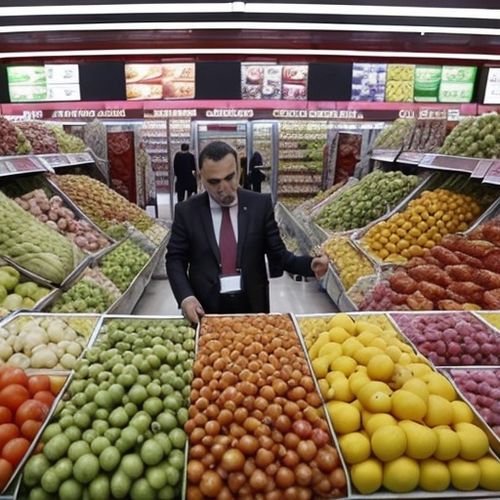
By Jessica Lee/Apr 5, 2025
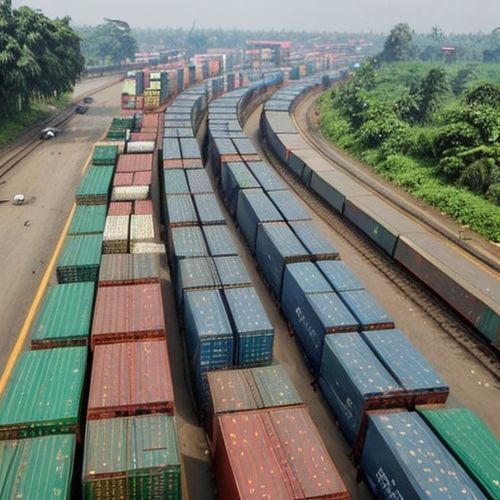
By Emily Johnson/Apr 5, 2025
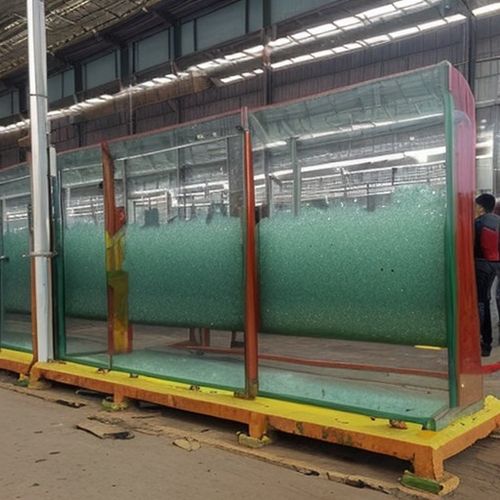
By Sophia Lewis/Apr 5, 2025

By George Bailey/Apr 5, 2025

By Amanda Phillips/Apr 5, 2025

By Emily Johnson/Apr 5, 2025

By Natalie Campbell/Apr 5, 2025

By Sarah Davis/Apr 5, 2025
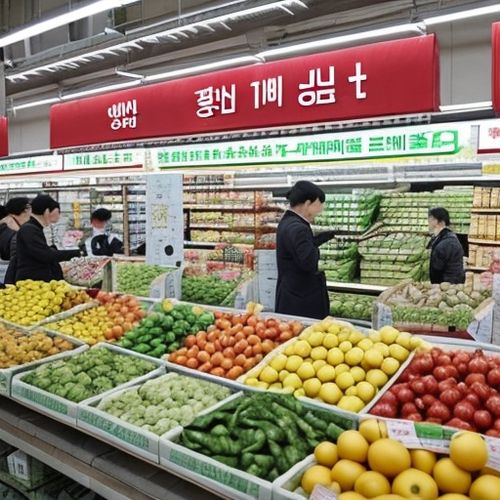
By Laura Wilson/Apr 5, 2025

By Samuel Cooper/Apr 5, 2025
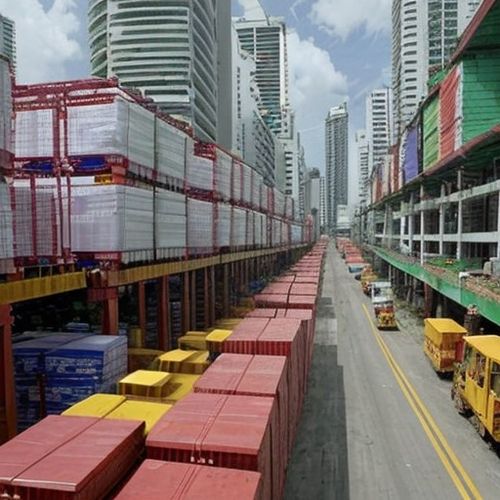
By James Moore/Apr 5, 2025
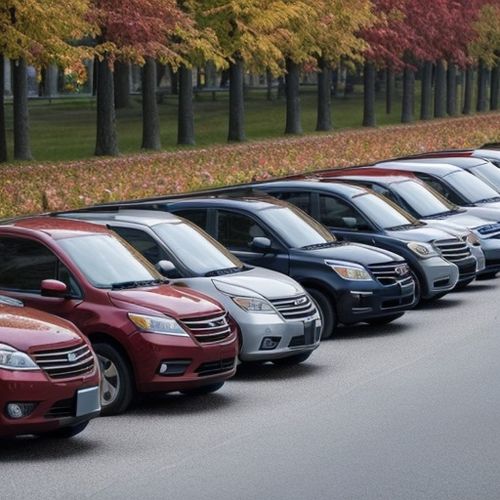
By Noah Bell/Apr 5, 2025
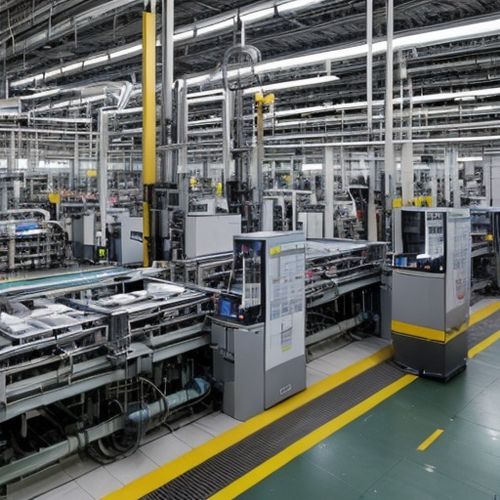
By Sarah Davis/Apr 5, 2025
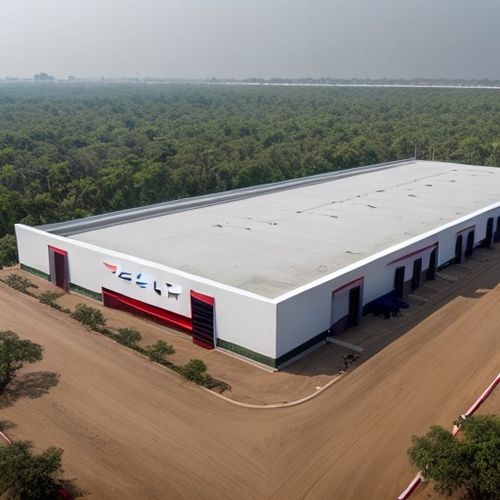
By Ryan Martin/Apr 5, 2025

By Christopher Harris/Apr 5, 2025

By Noah Bell/Apr 5, 2025

By Thomas Roberts/Apr 5, 2025

By Michael Brown/Apr 5, 2025
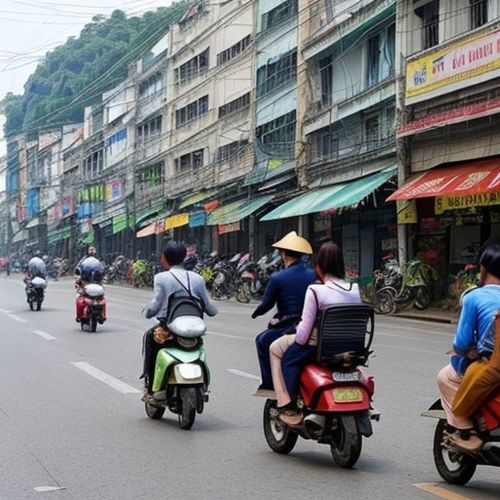
By George Bailey/Apr 5, 2025